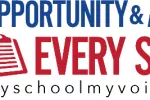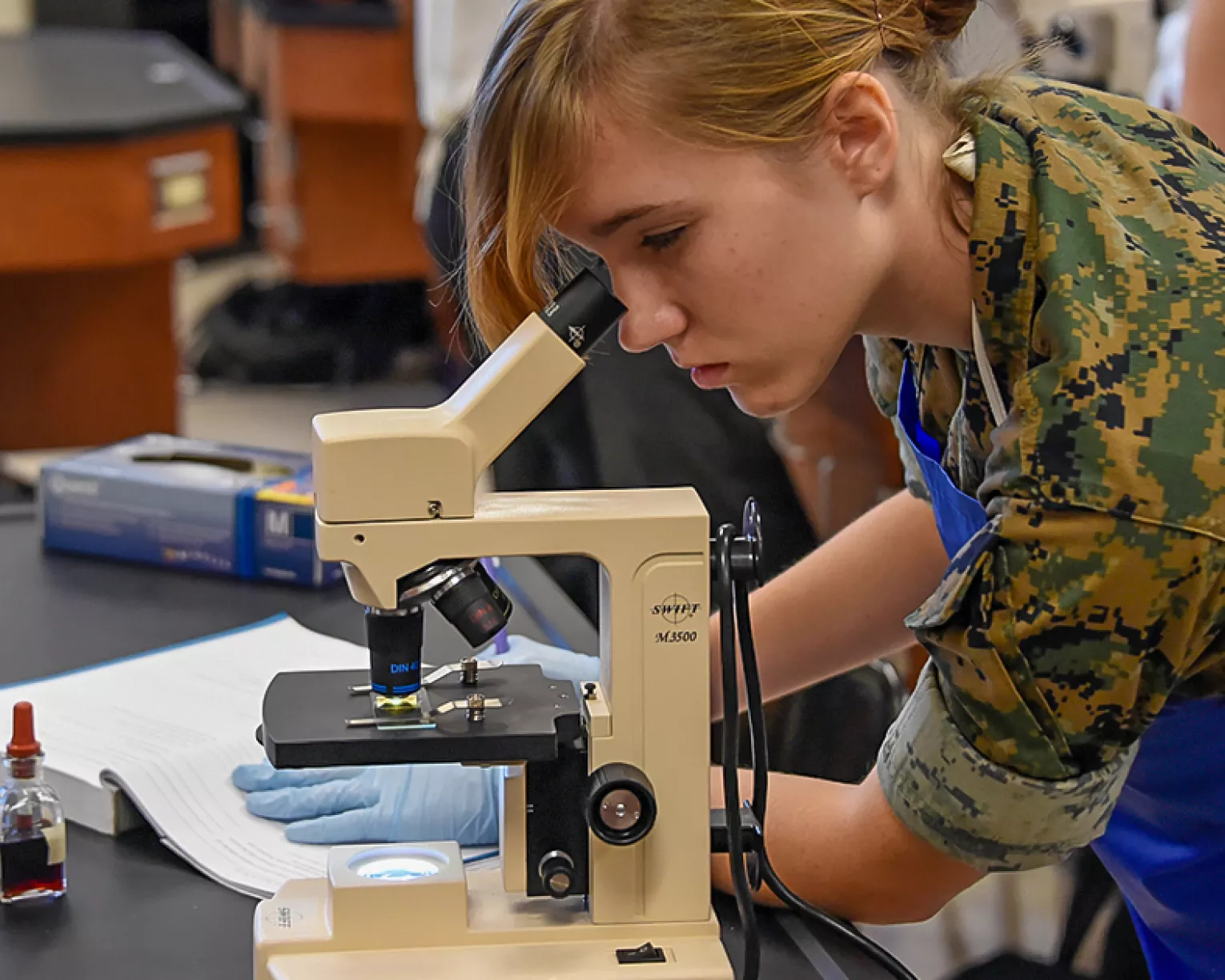
Funding
$15.8B, allocated by formula
Eligibility
Local Educational Agencies
Sample Use of Funds
SEAs and LEAs have flexibility to carry out a wide variety of activities consistent with their specific needs. Activities could include:
- Together with other Federal, State, and local funds, upgrading the entire educational program of an eligible school; a secondary school operating a schoolwide program may use funds to operate dual or concurrent enrollment programs that address the needs of low-achieving secondary school students and those at risk of not meeting the challenging State academic standards, including the costs of training for teachers, and joint professional development for teachers in collaboration with career and technical educators and educators from institutions of higher education, where appropriate, for the purpose of integrating rigorous academics in such program; tuition and fees, books, required instructional materials for such program, and innovative delivery methods; and transportation to and from such program; addressing the needs of all children in the school, but particularly the needs of those at risk of not meeting the challenging State academic standards, through activities which may include implementation of a schoolwide tiered model to prevent and address problem behavior, and early intervening services, coordinated with similar activities and services carried out under the Individuals with Disabilities Education Act;
- If health, nutrition, and other social services are not otherwise available to eligible children in a targeted assistance school and such school, if appropriate, has engaged in a comprehensive needs assessment and established a collaborative partnership with local service providers; and funds are not reasonably available from other public or private sources to provide such services, then a portion of the funds may be used as a last resort to provide such services, including the provision of basic medical equipment, such as eyeglasses and hearing aids; compensation of a coordinator; family support and engagement services; integrated student supports; and professional development necessary to assist teachers, specialized instructional support personnel, other staff, and parents in identifying and meeting the comprehensive needs of eligible children;
- Supporting programs that coordinate and integrate academic and career and technical education content through coordinated instructional strategies, that may incorporate experiential learning opportunities and promote skills attainment important to in-demand occupations or industries in the State; and work-based learning opportunities that provide students in-depth interaction with industry professionals and, if appropriate, academic credit.
This grant has an extensive list of uses of funds. View the complete ESSA Federal Funding Guide below for the full list.
Key Provision: Children counted for allocation purposes
Children counted for allocation purposes (“formula children”) include the number of children from low-income families; children in families above the poverty line receiving Temporary Assistance for Needy Families (the main Federal-State income maintenance program); children in foster homes; and, children in local institutions for neglected and delinquent (N&D) children
For more information, contact Tom Zembar at 202.822.7109 or [email protected]
Next Steps

You have a right to know if your state or district applied for the funds and influence how they are spent. Most grants have already been disbursed to your state and district, but others may require an application.
Once you find a grant, make sure it’s appropriate for your intended use. Then, contact your local NEA Affiliate to organize an effort to hold your district and state accountable for how the money is used.
Suggested Further Reading
Learn More
Are you an affiliate?

